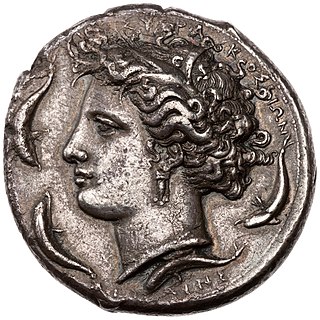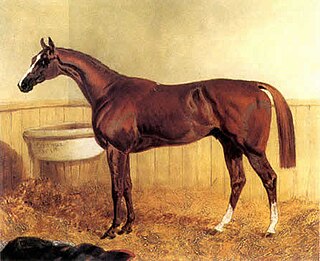Related Research Articles

In Greek mythology, Arethusa was a nymph who fled from her home in Arcadia beneath the sea and came up as a fresh water fountain on the island of Ortygia in Syracuse, Sicily.
Alpheias is a genus of snout moths. It was described by Émile Louis Ragonot in 1891, and is known from Mexico, Jamaica, and the US states of California and Texas.
Alpheias baccalis is a species of snout moth in the genus Alpheias. It was described by Ragonot, in 1890, and is known from Sonora, Mexico.
Alpheias conspirata is a species of snout moth in the genus Alpheias. It was described by Carl Heinrich in 1940 and is known from Mexico.
Alpheias gitonalis is a species of snout moth in the genus Alpheias. It was described by Ragonot, in 1891, and is known from Mexico.
Alpheias oculiferalis is a species of snout moth in the genus Alpheias. It was described by Émile Louis Ragonot, in 1891, and is known from the US state of Texas.
Alpheias querula is a species of snout moth in the genus Alpheias. It was described by Harrison Gray Dyar Jr. in 1913, and is known from the US state of Texas.
Alpheias vicarilis is a species of snout moth in the genus Alpheias. It was described by Harrison Gray Dyar Jr. in 1913, and is known from the US state of California.

Pyrrhus The First was a British Thoroughbred racehorse and sire. In a career that lasted from April 1846 to 1849 he competed twelve times and won ten races, including one walk-over. In the summer of 1846 he proved himself one of the best British colts of his generation, winning The Derby. After a disappointing year in 1847 he returned to form as a five-year-old and was undefeated in his last seven races. He was retired after winning his only race as a six-year-old and went on to stand as a stallion in England and France.
References
- 1 2 "GlobIZ search". Global Information System on Pyraloidea. Retrieved June 9, 2017.